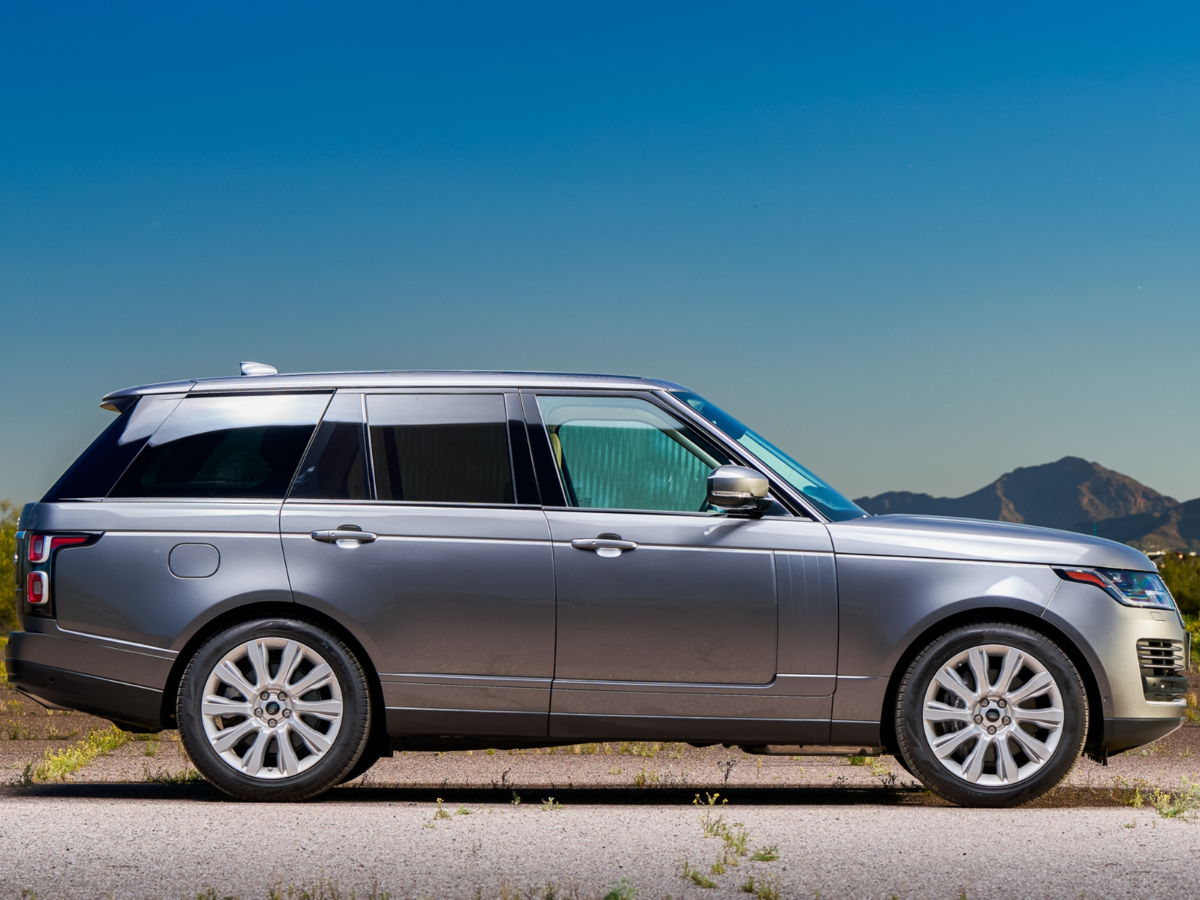The Range Rover is renowned for luxury and off-road performance, but one common issue that plagues these vehicles is air suspension failure. Whether it’s a 2005 Range Rover air suspension problem or a more recent issue, understanding the common causes, costs, and solutions is essential to maintaining performance and comfort.
Common Range Rover Air Suspension Problems
Range Rover air suspension systems are designed to provide a smooth ride and adjust automatically to different terrains. However, they can be prone to several issues over time, including:
- Air Leaks: The most frequent problem, where air escapes from the suspension bags, causing the vehicle to sag.
- Compressor Failure: The compressor is responsible for maintaining air pressure. If it fails, the suspension can collapse.
- Faulty Valve Block: The Range Rover air suspension valve block problems can cause uneven suspension or failure to maintain pressure.
- Height Sensor Malfunction: Sensors that detect and adjust vehicle height can malfunction, leading to incorrect adjustments.
- Warning Light Activation: A suspension warning on the dashboard indicates a fault in the system.
Promptly diagnosing these issues is crucial to avoiding costly repairs.
2005 Range Rover Air Suspension Problems
The 2005 Range Rover model is especially prone to air suspension issues due to aging components. Common problems include:
- Frequent Compressor Failures: Older compressors may struggle to maintain pressure, especially after 100,000 miles.
- Cracked Air Springs: Rubber suspension components deteriorate with time, leading to leaks.
- Faulty Sensors: Height sensors may fail, resulting in incorrect suspension adjustments.
- Control Module Malfunctions: The system’s control module may malfunction, resulting in inconsistent ride height.
If repairs are becoming frequent and costly, CarBrain provides an easy option to sell vehicles with suspension issues.
2010 Range Rover Air Suspension Problems
While newer than the 2005 model, the 2010 Range Rover is still susceptible to suspension issues, such as:
- Slow Response from Air Suspension: The vehicle may take longer to adjust to different terrains.
- Compressor Overheating: Frequent off-roading or towing can cause the compressor to overheat and fail.
- Intermittent Suspension Failures: The vehicle may sag unexpectedly when parked for extended periods.
Early diagnostics and maintenance can prevent further issues. However, if repairs are escalating, selling to CarBrain can be a practical solution.
Air Suspension Range Rover Sport Problems
The Range Rover Sport models come with an advanced air suspension system, but they are not immune to problems like:
- Uneven Ride Height: Caused by air leaks or faulty sensors.
- System Inactivity Warning: The system may disable itself after detecting multiple faults.
- Compressor Burnout: Heavy use without proper maintenance can wear out the compressor prematurely.
For owners of a Range Rover Sport facing these persistent issues, CarBrain offers a fair market solution.
Signs of Range Rover Air Suspension Failure
Here are common signs indicating that the air suspension system is failing:
- Sagging Vehicle: The car sits lower than normal, especially after being parked overnight.
- Unusual Noises: Hissing sounds suggest air leaks, while loud clicks indicate compressor problems.
- Dashboard Warnings: Suspension system alerts should be addressed immediately.
- Unstable Driving Experience: Excessive bouncing or uneven ride height are signs of malfunctioning components.
If these symptoms are ignored, they can lead to more severe and expensive repairs.
Range Rover Air Suspension Repair Costs
Repair costs for air suspension issues can vary based on the severity of the problem and the parts involved. Here’s a breakdown:
|
Repair Type |
Estimated Cost |
|
Air Spring Replacement |
$1,200 - $2,000 |
|
Compressor Replacement |
$1,000 - $1,800 |
|
Valve Block Replacement |
$800 - $1,500 |
|
Suspension Control Module Replacement |
$1,500 - $2,500 |
|
Full System Replacement |
$4,500 - $7,500 |
These figures can vary based on the model year, part quality, and labor costs in different locations.
When Should You Replace vs. Repair Air Suspension?
Deciding between replacing and repairing air suspension components depends on several factors:
- Age of Components: If parts are over 100,000 miles old, replacement may be more effective.
- Cost of Repairs: If repair costs exceed 50% of the vehicle's value, replacement or selling may be better.
- Extent of Damage: Minor leaks can be repaired, but compressor failure often requires a full replacement.
If repair costs become too steep, CarBrain offers competitive offers for vehicles with mechanical problems.
Preventative Maintenance Tips
To extend the lifespan of your Range Rover’s air suspension system, consider the following tips:
- Regular Inspections: Check for cracks, leaks, or signs of wear every 12,000 miles.
- Keep the System Clean: Dirt and debris can wear down seals and rubber components.
- Address Warning Lights Promptly: Diagnostic scans can help identify minor issues before they worsen.
- Avoid Overloading: Heavy loads can strain the suspension and cause premature failure.
Routine maintenance can reduce the risk of significant air suspension problems and help save on repair costs.
Conclusion
Dealing with Range Rover air suspension problems can be costly and time-consuming. Whether it’s common issues with older models or more advanced problems with the Range Rover Sport, prompt diagnostics and repairs are crucial. However, when repair costs start to outweigh the vehicle’s value, CarBrain offers a hassle-free option for selling your car.
For more car maintenance tips and selling options, visit the CarBrain Blog.




